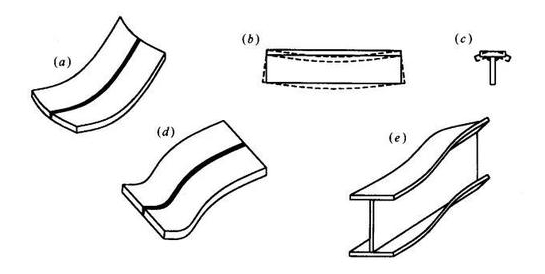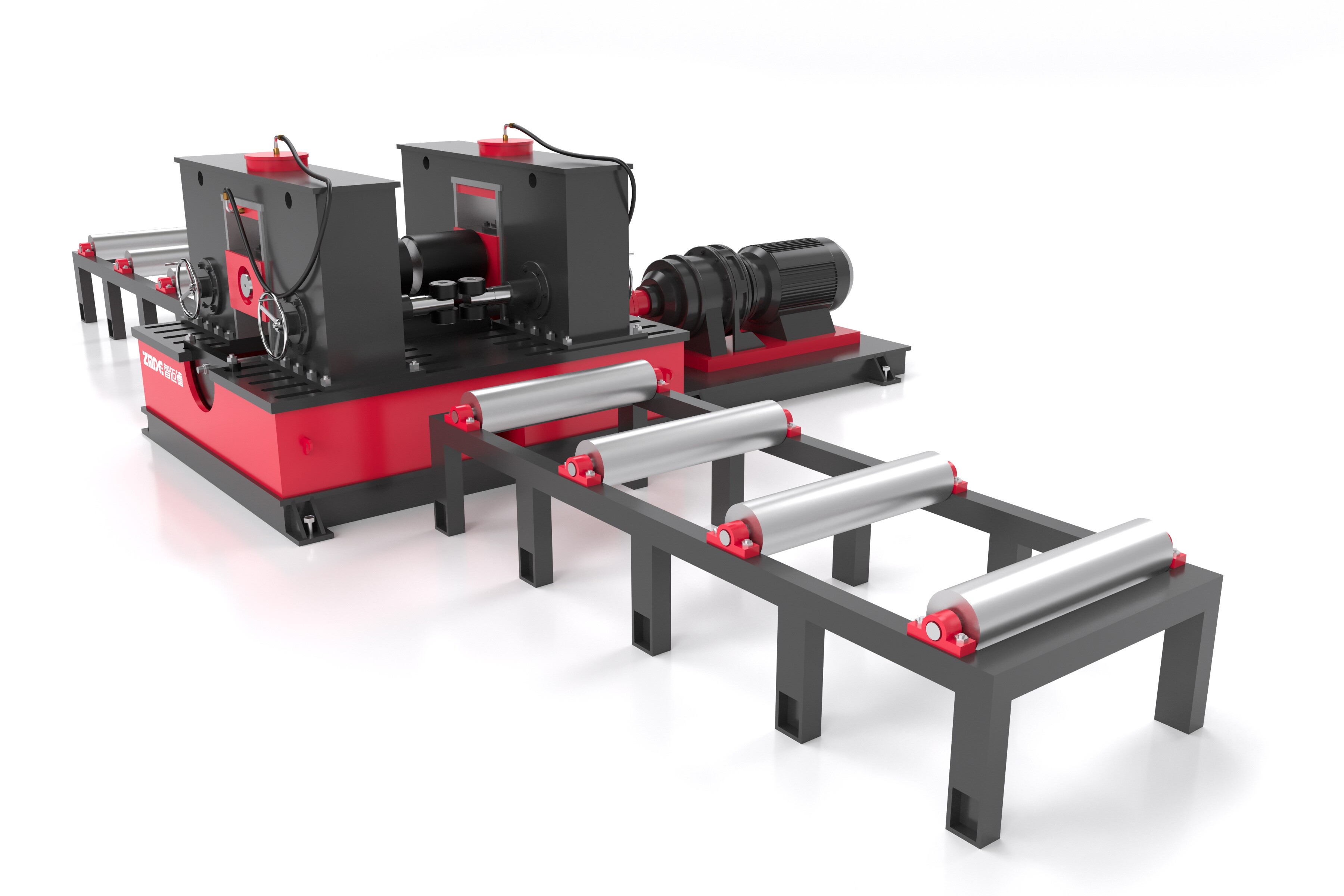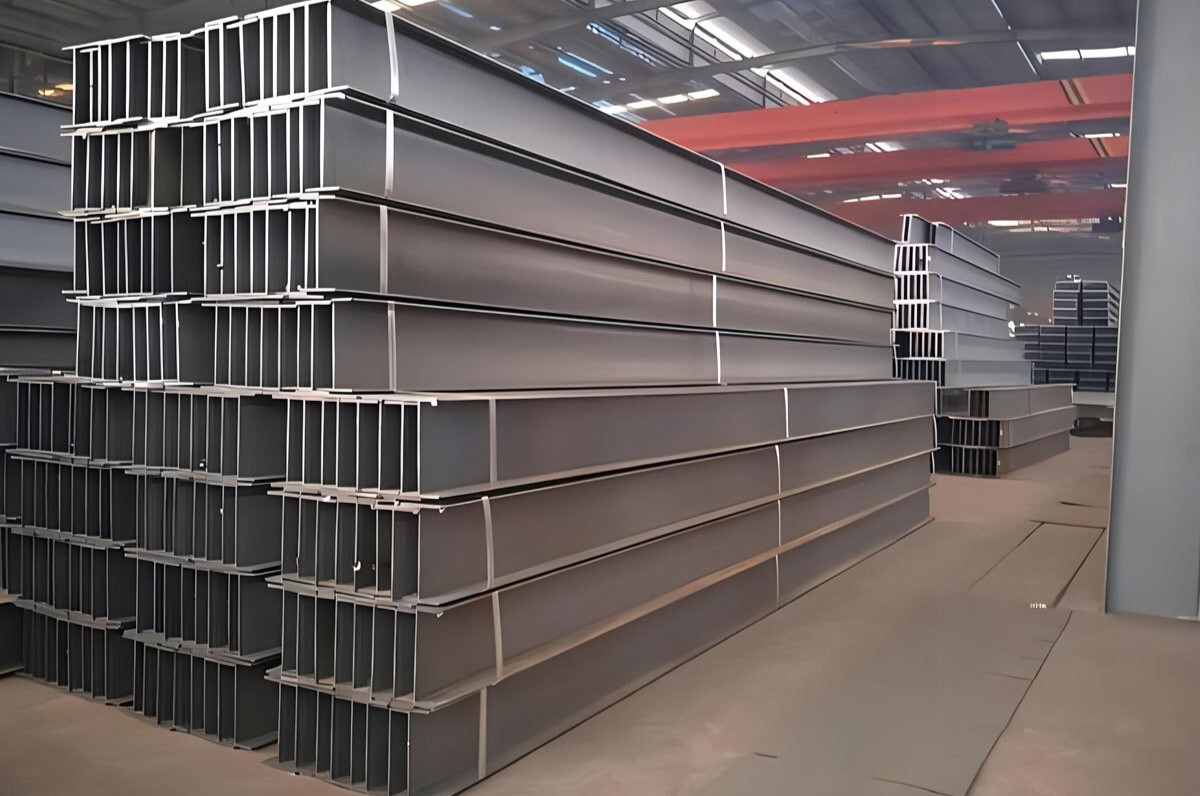How to Address Welding Deformation in Steel Structures?
Welding is a common technique used in the production of steel structures, particularly at connection points. However, the process often leads to various types of deformation in welded components due to welding stress.
1. Causes of Welding Deformation
Welding deformation arises primarily from localized and uneven heating during the welding process. As the weld and the heat-affected zone expand under heat, the surrounding cooler metal restricts this expansion. This results in compressive stress and plastic shrinkage deformation within the welded area, causing transverse and longitudinal shrinkage. The combined effects of these shrinkages lead to various deformations in welded structures.

2. Factors Influencing Welding Deformation
● Welding Methods
Among the commonly used welding methods for structural steel:
Submerged arc welding (SAW) generates high heat input, leading to significant shrinkage deformation under the same conditions, such as weld size.
Manual arc welding has moderate heat input and results in less shrinkage deformation compared to SAW.
CO₂ gas-shielded welding produces low heat input, causing minimal shrinkage deformation.
● Preheating and Interlayer Temperature
Higher preheating and interlayer temperatures effectively increase heat input, slowing the cooling rate and thereby increasing shrinkage deformation.
● Weld Position
Asymmetrical weld positions in the structure can also lead to various deformations due to uneven stress distribution.

ZMDE Straightening Machine: The Solution for H-Beam Flange Deformation
The ZMDE Straightening Machine is specifically designed to address flange plate deformations in H-beams caused by welding. It features a simple structure, user-friendly operation, high efficiency, and reliable performance. With a customer-first approach, this machine is your ideal choice for ensuring quality and precision in welded steel structures.



